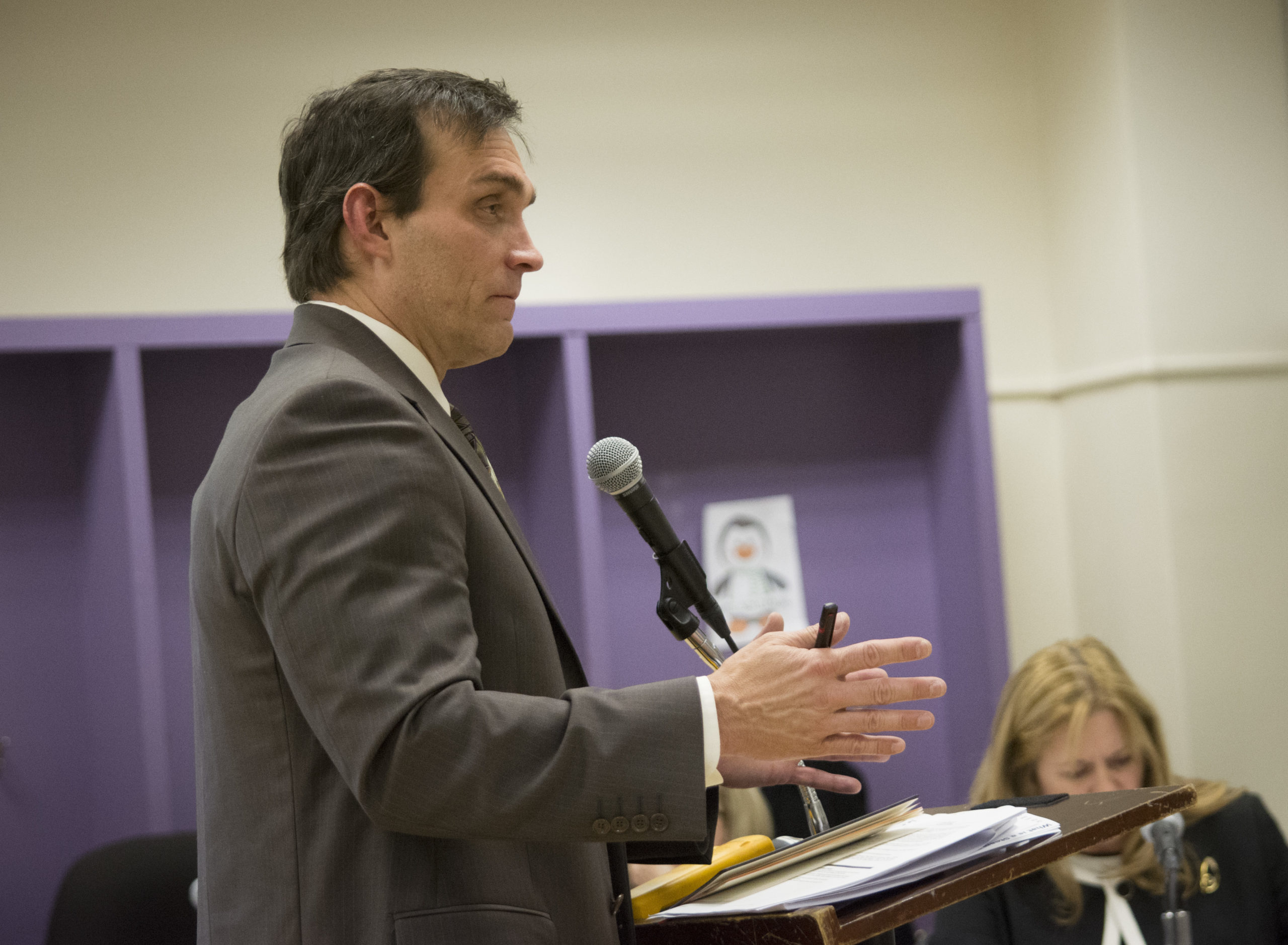An energy performance contract between Honeywell and the Great Neck Public Schools is paying off, representatives from both entities said at a Monday night school board meeting.
The schools have saved $5,573,752 in energy costs since 2009, according to a report from Honeywell.
The contract features an 18-year “guaranteed savings period” from December 2008 to November 2026, during which Honeywell must demonstrate savings for the schools matching or exceeding the costs.
John Powell, the school district’s assistant superintendent for business, said the cost of the contract was financed through issuing $12,104,000 in debt.
But, he noted, the schools are on track to pay for this through earned energy savings.
“This is a common tool by public school districts to improve their energy deliverance systems,” Powell said.
Superintendent Teresa Prendergast added that the state Education Department approved the contract, which certified that the project’s cost would be covered by energy savings.
Of the total saving of $5,573,752 by the schools, according to Honeywell, $1,929,811 came through savings in electricity, while $3,643,941 was through improving fuel efficiency.
This is $244,544 more in savings than the $5,329,208 required for the period from 2009 to 2016, the presentation said.
Gary McAvoy, a representative from Honeywell, noted that all of the buildings installed more energy-efficient lighting and that some schools installed solar photovoltaic systems to reduce electricity use.
McAvoy also said that many schools installed “setback controls,” which can automatically change the temperature of an area based on occupancy, and improved the building envelope to reduce how much heat escapes.
Numerous buildings also replaced boilers, McAvoy said, with some of them dating back to the 1960s and 70s, and installed better boiler controls.
The bulk of the savings come from the North and South schools, which saved more than $3 million from 2009 to 2016. Taken together, North Middle and High School saved $1,429,260, while the South Middle and High School complex saved $1,763,084.
The contract’s baseline period, for comparing costs, was January 2005 to December 2005.
When asked whether the savings could last beyond the contract, school board President Barbara Berkowitz said: “This project would hopefully continue in terms of the savings beyond the 18 years. This was just what we had to enter into with the contract at the time with Honeywell, to go ahead and sort of guarantee we would have that sort of savings within the 18-year period.”
In unrelated school business, the school board officially established the Bernard Kaplan Scholarship Fund, named in honor of a recently retired principal, three advisory committees summarized their first meetings, and students honored school board members with poetry and the presentation of “board games.”



